[ad_1]
Whether or not or not you want tender greens, strong ones for cooking, or pungent ones for flavoring, there are various cold-hardy species you probably can develop in the midst of the winter. Plant just some amongst your perennial greens for an infinite present of up to date greens in your kitchen. Some are perennials, others are biennials, and most of these species are frost-tolerant annuals.
A couple of of those greens it is best to start indoors and transplant into the veggie yard, whereas others you probably can straight sow with out factors. Growers in warmth winter areas like Southern California or Florida are in luck, as they are going to develop any of these species from late summer season by the use of late spring. Others, like myself throughout the Pacific Northwest, ought to pick out the hardiest species for fall and winter sowing.
No matter which winter greens you select, you probably can confidently develop them whereas saving money, time, and belongings. Greens are certainly one of many finest crops to develop, they often create seeds with little effort. Buy seeds this 12 months and likewise you’ll have an infinite present for as long as you reside! Merely develop just some vegetation yearly and let the best-performing ones go to seed.
Collect the free seeds and sow them all through fall or winter for tasty leaves all via the chilly months. These are 11 ideally suited winter greens to develop this season.
‘Perpetual Spinach’ Swiss Chard
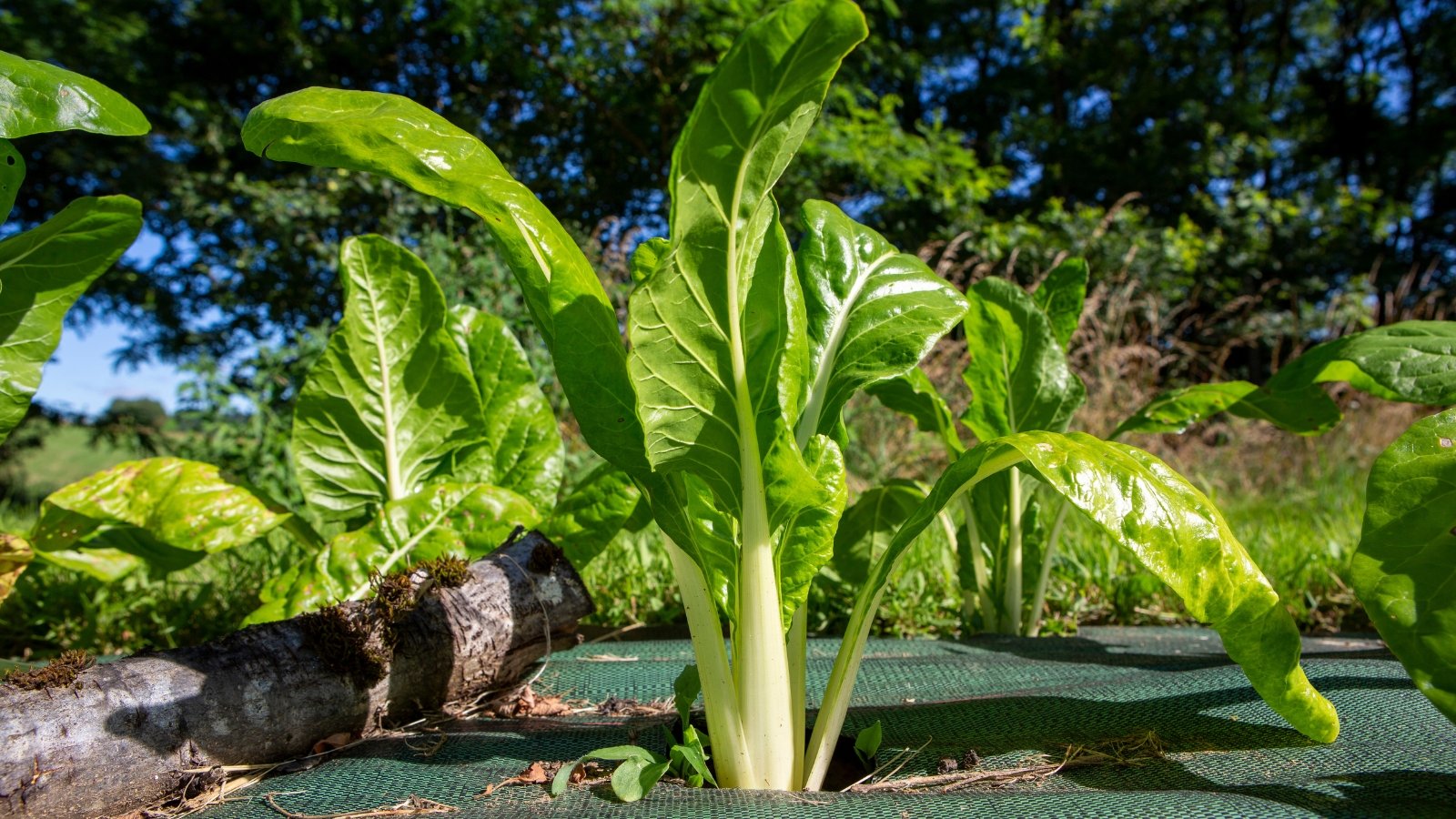

This Swiss chard cultivar isn’t a spinach, however it absolutely sprouts tender stems and leaves that resemble the leafy inexperienced. ‘Perpetual Spinach’ is right for growers looking for the hardiness of Swiss chard nonetheless the style and texture of spinach. It’s frost tolerant, performing properly all via chilly zones.
Swiss chard seeds can sprout in soils hotter than 40°F and beneath 90°F (5-32°C). Although freezing temperatures persist aboveground in winter, soils hold warmth with pure insulation. Plant seeds a half inch deep beneath soil with mulch and permit them to sprout naturally.
If exhausting frosts are frequent the place you yard, it is best to start seeds indoors now for transplanting exterior in a month or two. Defend mature seedlings from freezes with frost materials, they often’ll develop dozens of spinach-like leaves so as to have the benefit of.
‘Windsor’ Fava Bean
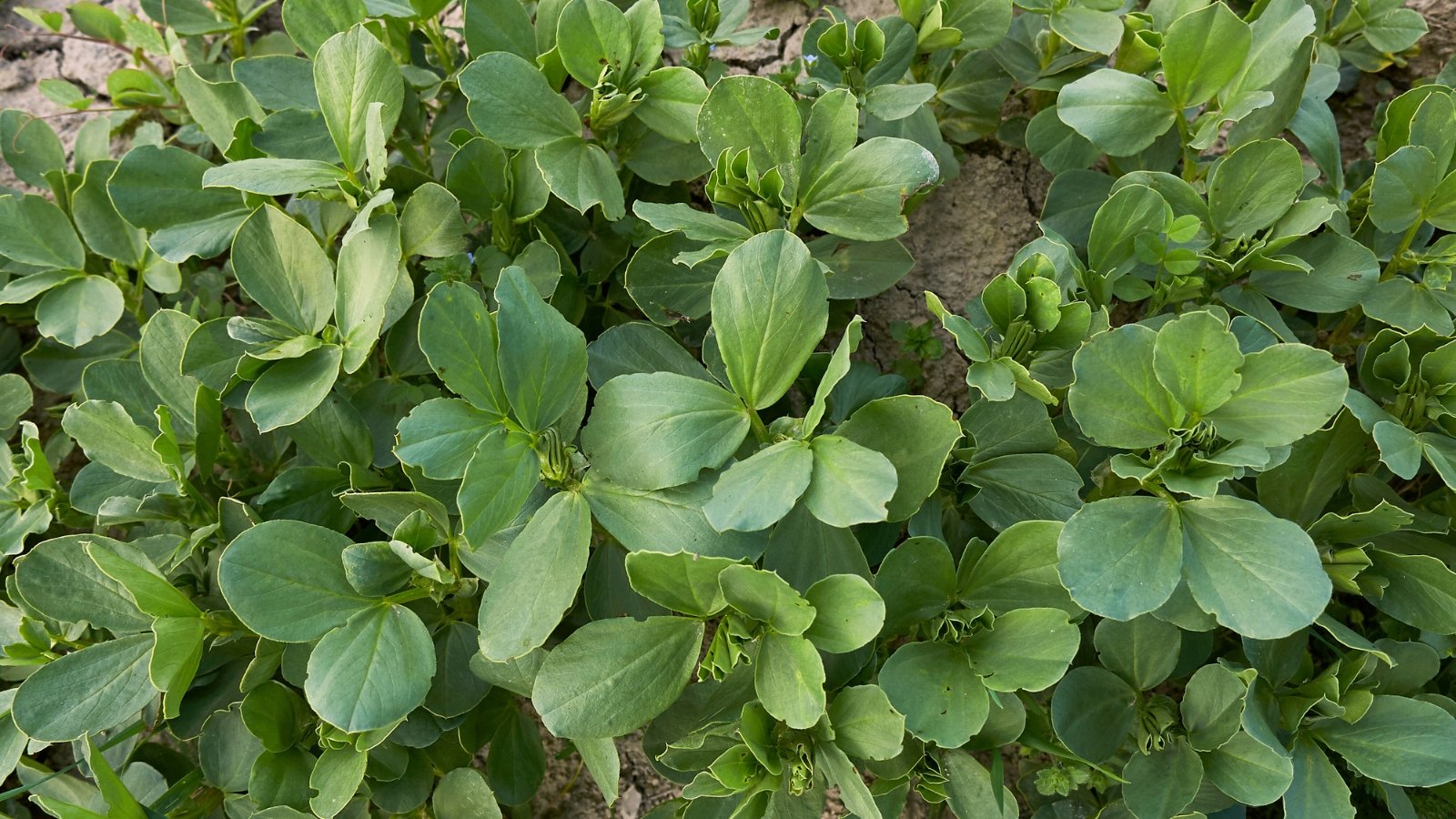

Fava beans are versatile greens—they develop up to date beans in pods, dry beans later throughout the season, and edible leaves and flowers all via their lifetime. They’re widespread on farms in the midst of the dormant season, since they forestall erosion and enhance nitrogen ranges throughout the soil.
‘Windsor’ is an heirloom kind biggest for up to date consuming. It reaches two to 4 toes tall, sprouting delicious foliage concepts and leaves all via the cool months. It’s an excellent choice for winter rising, as a result of it’s terribly chilly tolerant to 10°F (-12°C)!
In chilly climates, plant seeds two months sooner than your remaining frost when soil temperatures are 35°F (2°C) or hotter. In warmth climates, plant favas for greens and beans in the midst of the good months of the 12 months, from fall by the use of winter.
A selected observe, while you’ve received favism, a state of affairs the place you’re poor in an enzyme often called glucose-6-phosphate dehydrogenase, it is best to steer clear of coping with and consuming fava beans.
Garlic
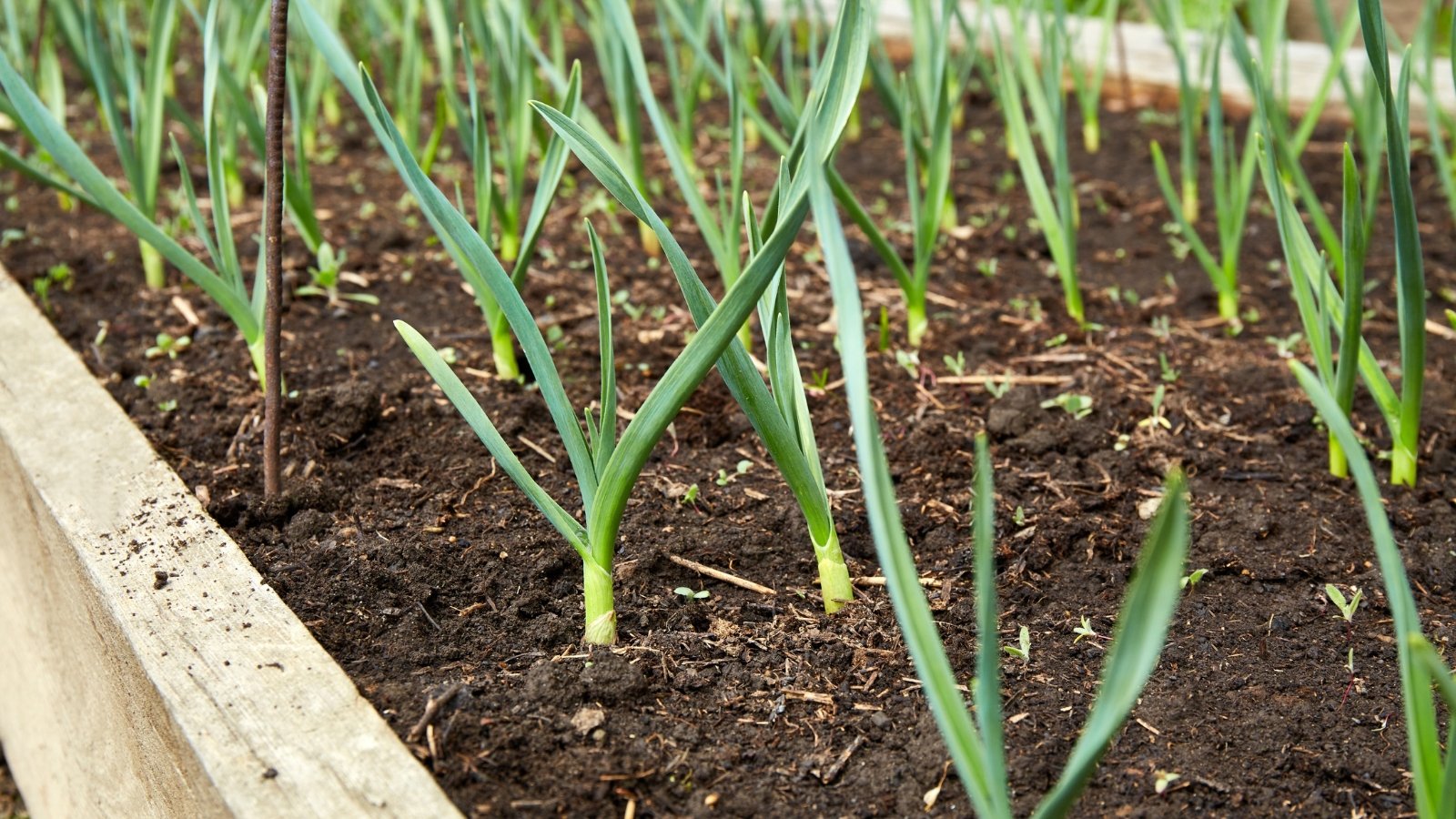

Garlic won’t be the first winter inexperienced you contemplate rising, however it absolutely’s an exceptionally cold-hardy one to aim! Merely bury garlic cloves two or three inches deep from September by the use of January. You’ll have edible garlic greens pop up in early spring!
In case you’d like edible bulbs and greens, you’ll want to plant cloves seven to eight months sooner than you harvest them. That’s anytime until January for warm-climate growers, and from September by the use of November for cold-climate gardeners. Garlic desires freezing temperatures to separate into quite a few cloves. Then, as spring warmth arrives, they swell to sort a full head.
The leaves are edible year-round when inexperienced and perky. They’re milder than the bulbs and elegance delicious in up to date recipes like salads or cooked ones like sautés and scrambles. In case you’d solely like greens and by no means bulbs, it is potential you will start cloves indoors in pots or suspended in water anytime. They’ll sprout roots and edible greens for months.
‘White Lisbon’ Scallion Onion
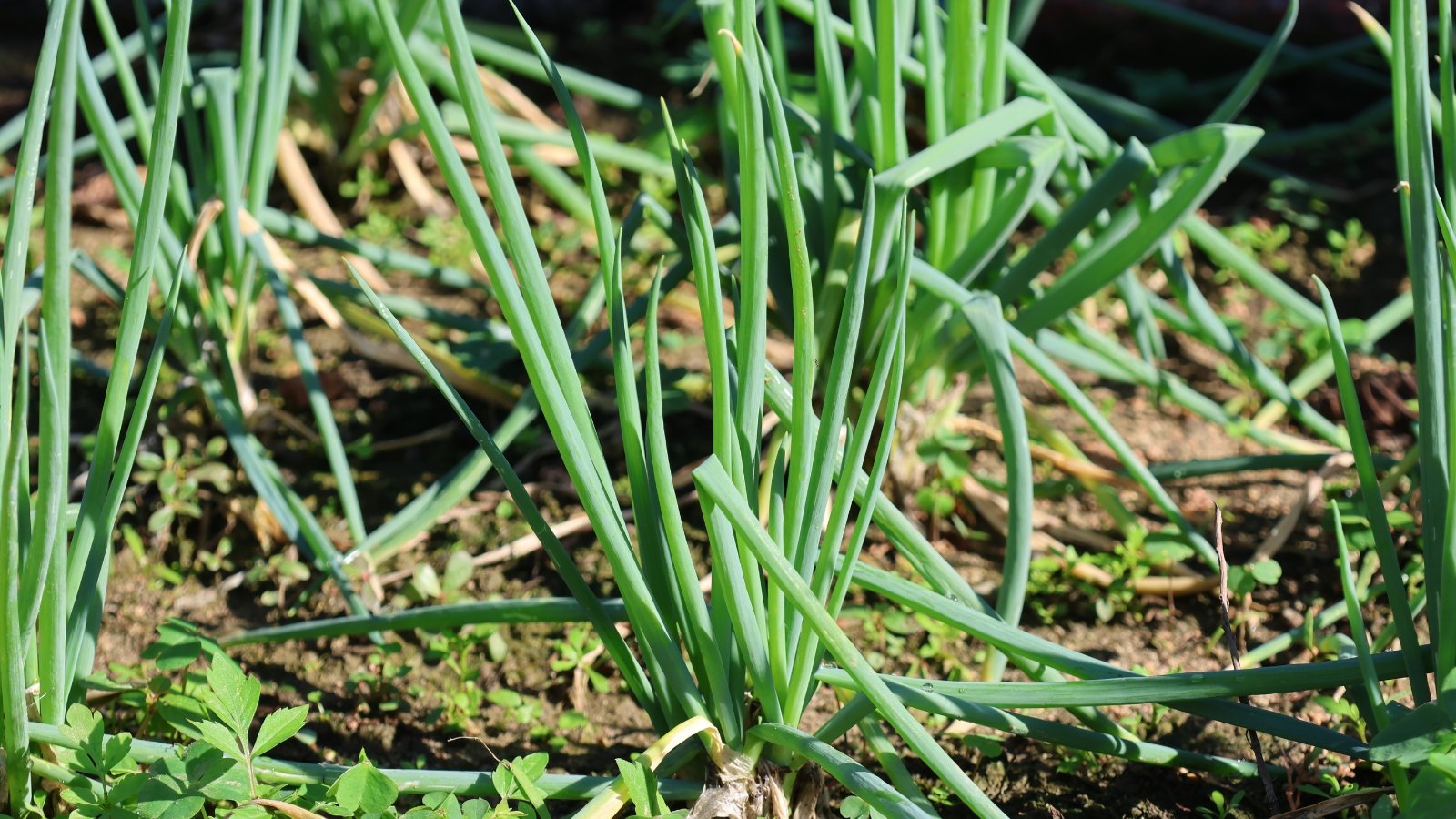

Bulbing onions are more likely to get mushy after exhausting frosts, whereas scallion onions hold perky and inexperienced. They’re an onion kind that growers plant for his or her leaves fairly than their bulbs. ‘White Lisbon’ is one distinctive scallion choice rising in cultivated gardens as a result of the 1700s! It’s trendy for its adaptable nature, as a result of it does properly in chilly and heat climates.
Sow ‘White Lisbon’ seeds so long as soil temperatures keep above 45°F (7°C) from fall by the use of spring. Chilly-climate gardeners ought to start them indoors for transplanting in early spring. Switch them to your yard beds a month sooner than the ultimate frost date in your area.
This bunching onion choice is a bulbing cultivar fairly than the perennial bunching kind Allium fistulosum. It’s a biennial that biggest grows as an annual for its leafy foliage. Sow seeds shut collectively and transplant seedlings into crowded circumstances; this causes the leaves to develop further tender than if the vegetation have ample home.
Siberian Kale
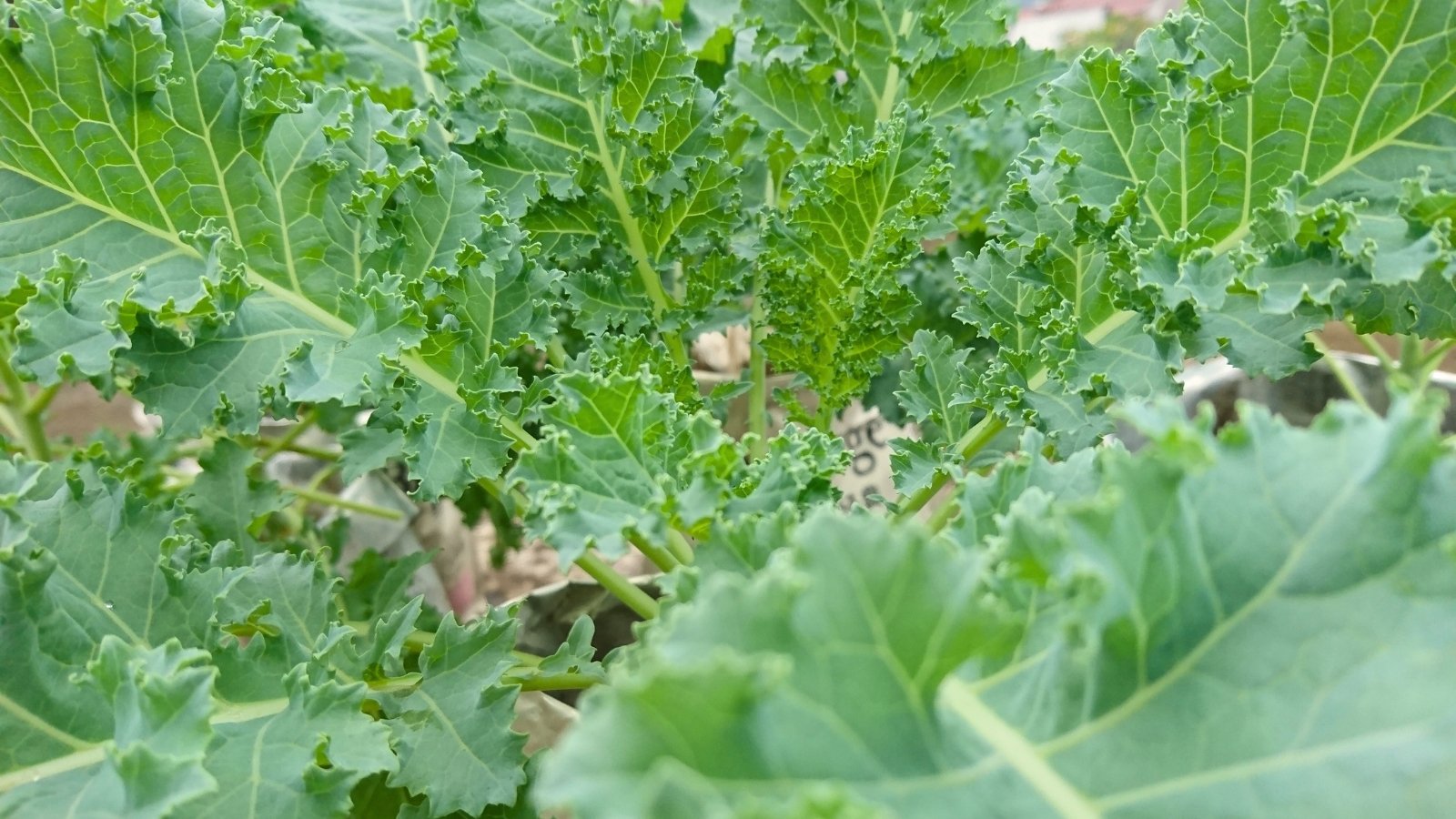

Siberian kale is a relative of various kales, although it’s further cold-hardy and frost-tolerant than most completely different varieties. It sprouts curly leaves that bend backward off a central rosette low to the underside. The leaves have frilly ends that adorn salads and soups with sensible inexperienced hues.
Develop Siberian kale in case you desire a dependable leafy inexperienced amidst exhausting frosts. It’s reliable all the best way all the way down to 10°F (-12°C)! If frosts are recurring and reduce than this temperature, start seeds in pots indoors and transplant them a month or two sooner than your remaining frost date in spring. In every other case, you probably can sow them exterior from fall by the use of spring; they need cool, moist circumstances to thrive.
Siberian kale and its shut kin sort seeds that growers press to make canola oil. In case you’d want to try making your particular person or want to save the seeds for further seedlings, let just some of your vegetation flower in spring and summer season. They’ll sort small black seeds in pods after worthwhile pollination. Collect these brown, dry pods off the stems from summer season by the use of fall.
Frequent Sorrel
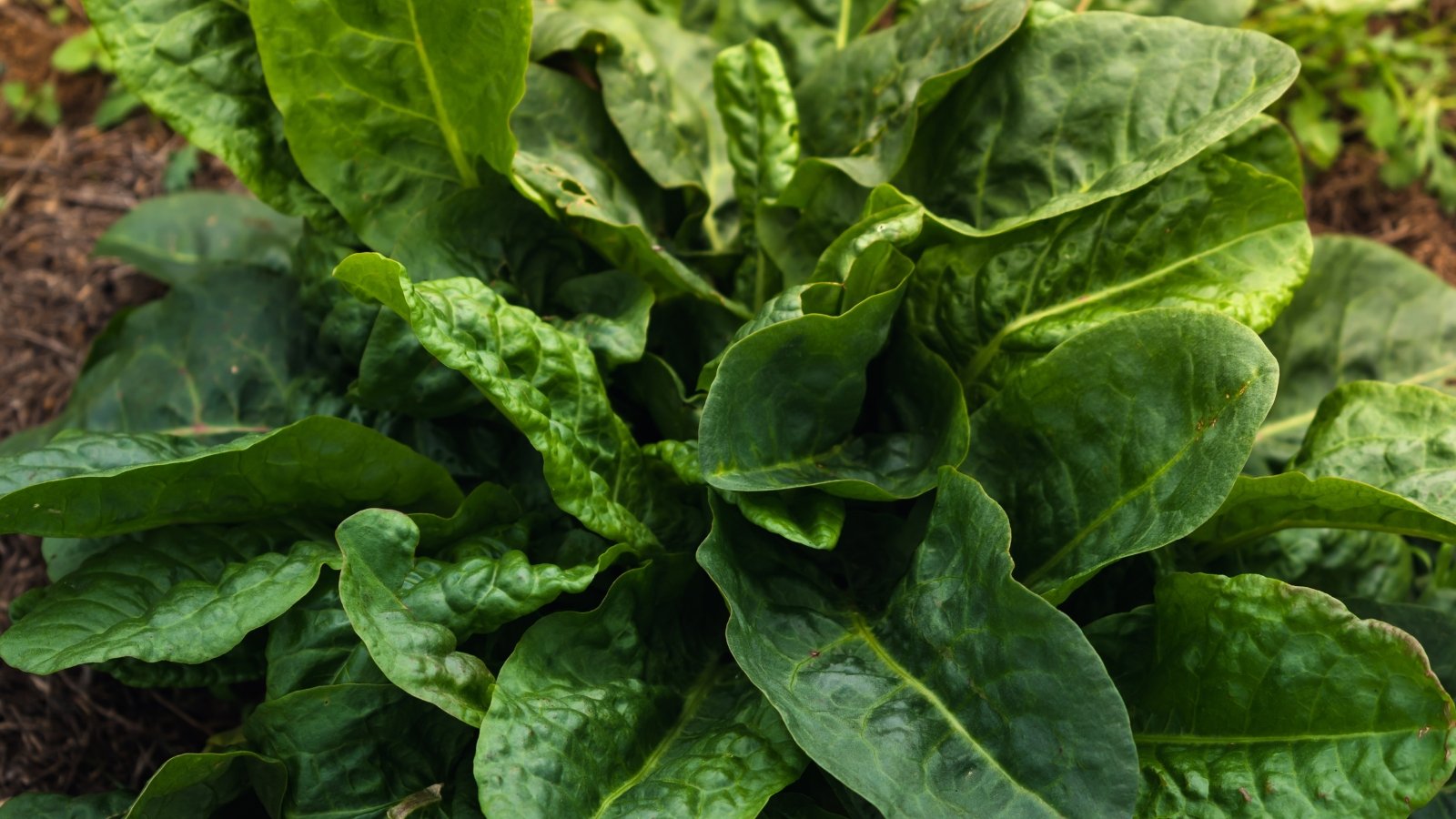

Frequent sorrel is a perennial inexperienced good for lazy gardeners like myself! It sprouts tender leaves that blend properly with spinach and arugula for a crunchy, flavorful salad mix. Frequent sorrel is a should have leafy inexperienced whatever the place you yard—it thrives from USDA hardiness zones 3 by the use of 7, and grows properly as a winter annual in zones above 7.
Start widespread sorrel in your yard by sowing seeds from late fall by the use of early spring. They sprout early whereas most completely different species are nonetheless waking from their winter slumber. Preserve the seedlings moist in fertile soil so that they develop properly all 12 months lengthy.
Harvest sorrel leaves by selecting youthful outer ones off of the stems. Depart some leaves throughout the heart so your specimens can bask throughout the daylight and obtain the necessary vitality to provide further leaves. Freeze the leaves while you’ve received no current use; they maintain properly for a 12 months or longer throughout the freezer.
Arugula
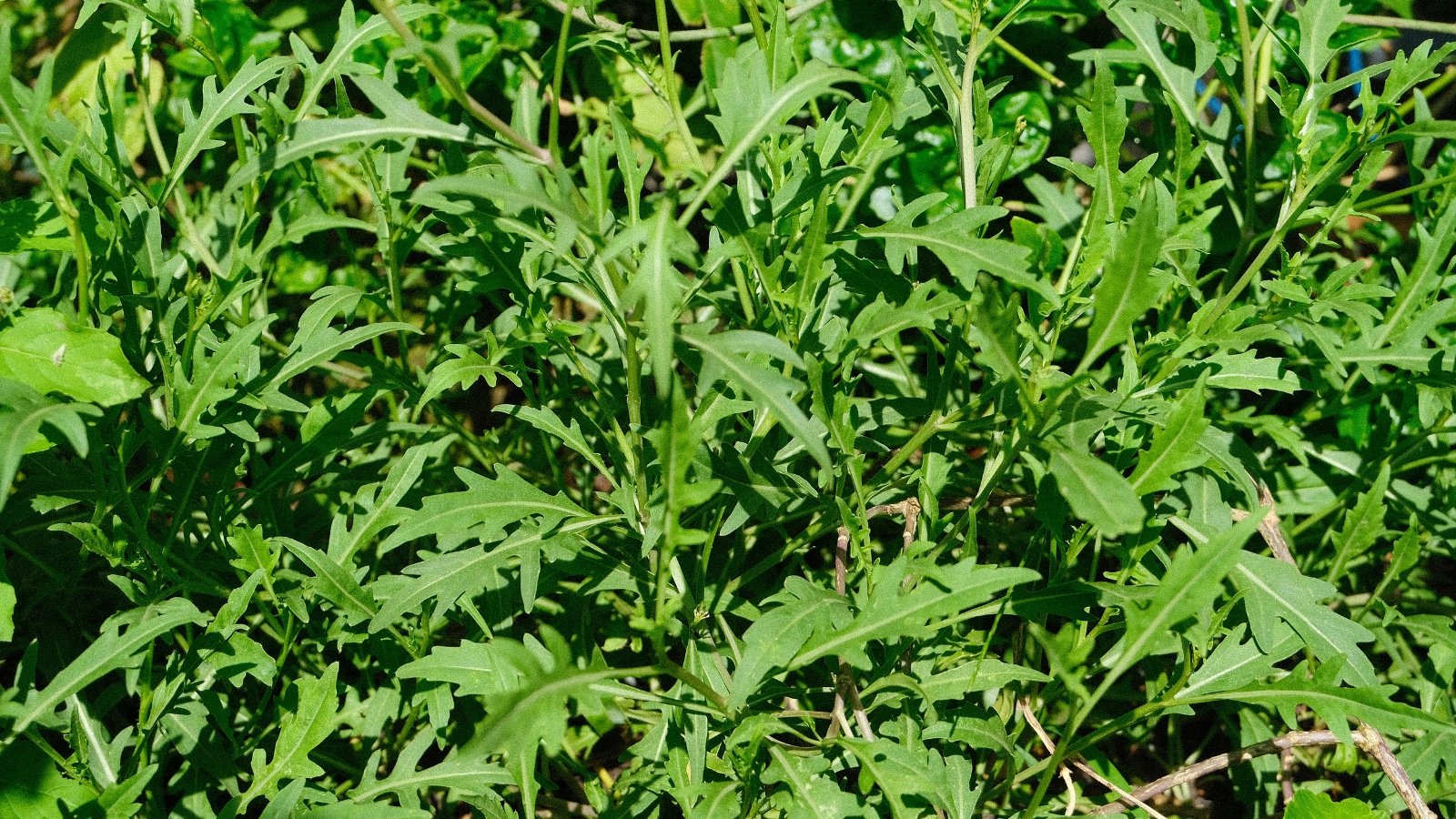

Arugula, or rocket, is an edible spicy inexperienced that loves sprouting and rising beneath cool, moist winter local weather. It’s good for moist areas with light winters, identical to the Pacific Northwest, the place it’ll naturalize in your yard. Even when it doesn’t naturalize itself, it reaches maturity quickly from successive seed sowings. You’ll want further of the stuff after tasting its spicy, peppery, and lemony leaves.
Mild native climate gardeners should sow seeds from fall by the use of winter for cool local weather harvests. Growers in chilly zones should plant seeds when the soil temperature reaches 40°F (4°C) from winter by the use of spring. Harvest youthful leaves off the stems after they attain two to 4 inches prolonged.
Arugula sprouts seeds in little pods like broccoli or kale vegetation. Let just some of your specimens flower and go to seed, then purchase the pods after they’re brown nonetheless sooner than they pop open. Place them in a brown paper bag the place they’ll explode tiny, black seeds after they dry completely.
‘Youngster Choi’ Bok Choy
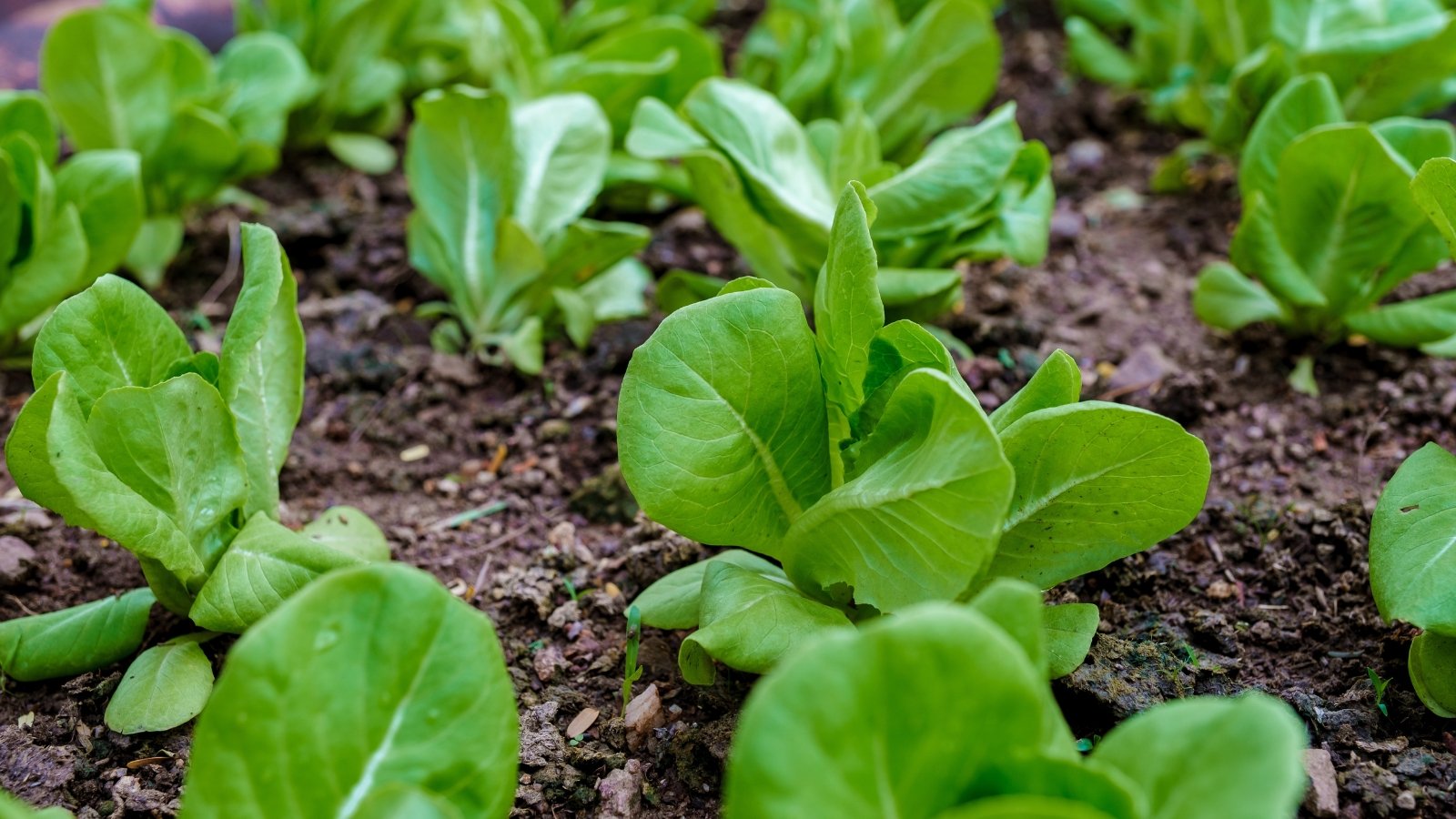

Bok choy sprouts a number of of the biggest leafy greens worldwide! They’re tasty, tender, and crunchy, working properly in every up to date and cooked dishes. ‘Youngster Choi’ is a small-leaved and cold-hardy kind that reaches maturity quickly beneath light temperatures.
Bok choy gives two distinctive harvests whereas it lives. Slice the outer, mature leaves individually as you need. One other selection is to cut your total plant down as quickly because it reaches a considerable measurement. Harvest all through light local weather of the morning or afternoon, and dunk the leaves in chilly water sooner than storing them to cease topic heat hurt.
‘Youngster Choi’ is frost tolerant, although it gained’t survive terribly frigid winters with recurring exhausting frosts. Plant seeds all through fall or winter in light climates, and sow them a month sooner than the ultimate frost date in chilly ones.
Crown Daisy
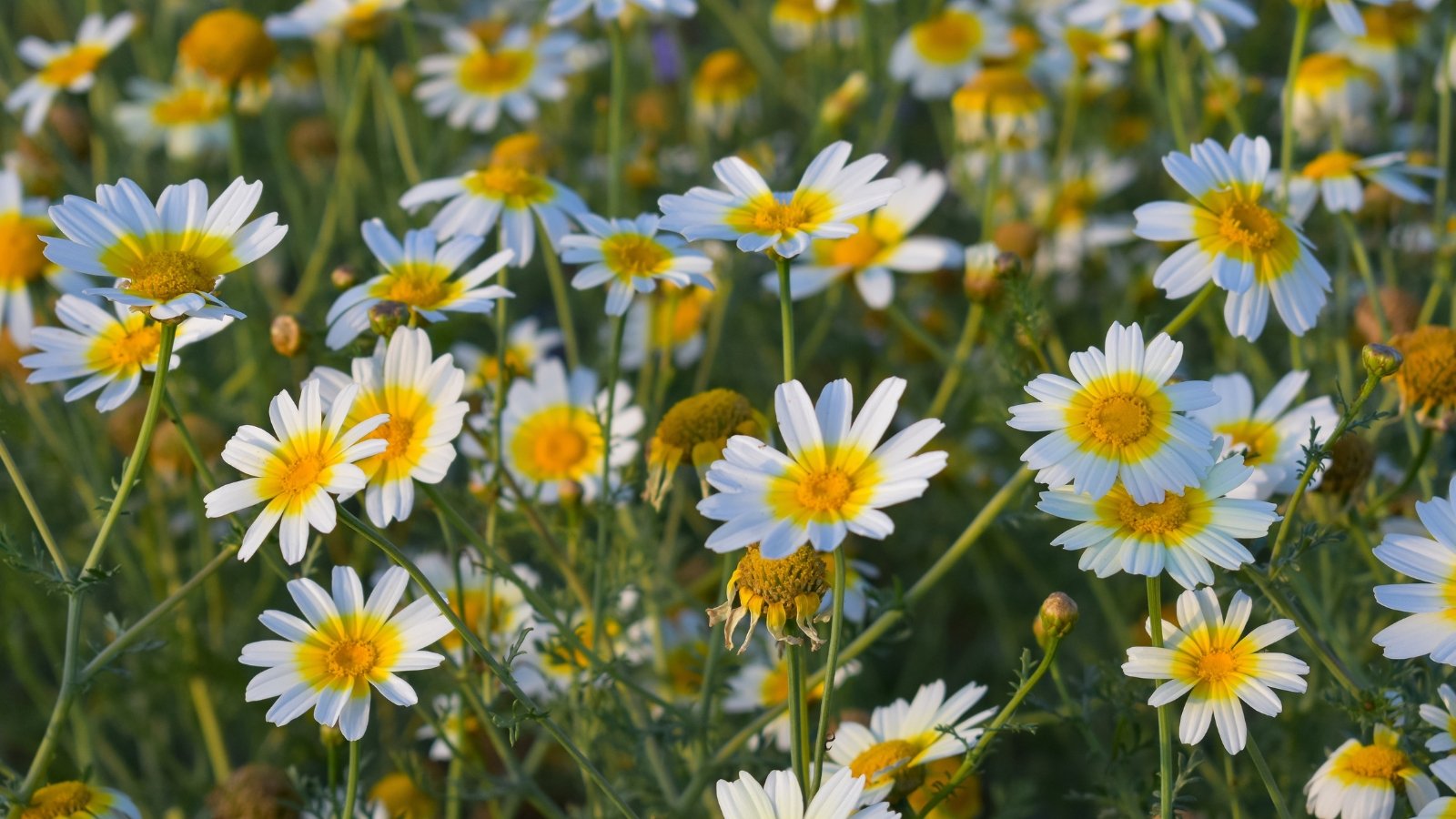

Crown daisy moreover goes by the names edible chrysanthemum and Shungiku. Though it’s not often planted in American gardens, it is a trendy edible winter inexperienced vegetable in diverse cuisines, lending a fragile style to pickled dishes, soups, and salads. This nutritious plant appreciates winter chill in light areas and thrives the place rains are frequent and temperatures are light. It thrives too properly in components of California the place it is classed as an invasive species.
In chilly areas with extreme frost, sow this annual in late winter by the use of early spring sooner than the summer season heat arrives. Plant seeds in the midst of the good months in all completely different areas with out exhausting frosts. They’ll germinate and rapidly sprout to no more than three toes tall.
Harvest the leaves whereas the vegetation are youthful for the perfect style. The greens might develop bitter or bad-tasting within the occasion that they’re left to develop too prolonged. In case you miss this window, try using the flowers in salads and baked gadgets. Preserve the mature specimens in your yard prolonged after consuming their greens for decorative white or yellow flowers atop the stems. Collect the seeds that sprout from these blossoms for a ready seedling present for subsequent 12 months.
‘Mizuna’ Mustard
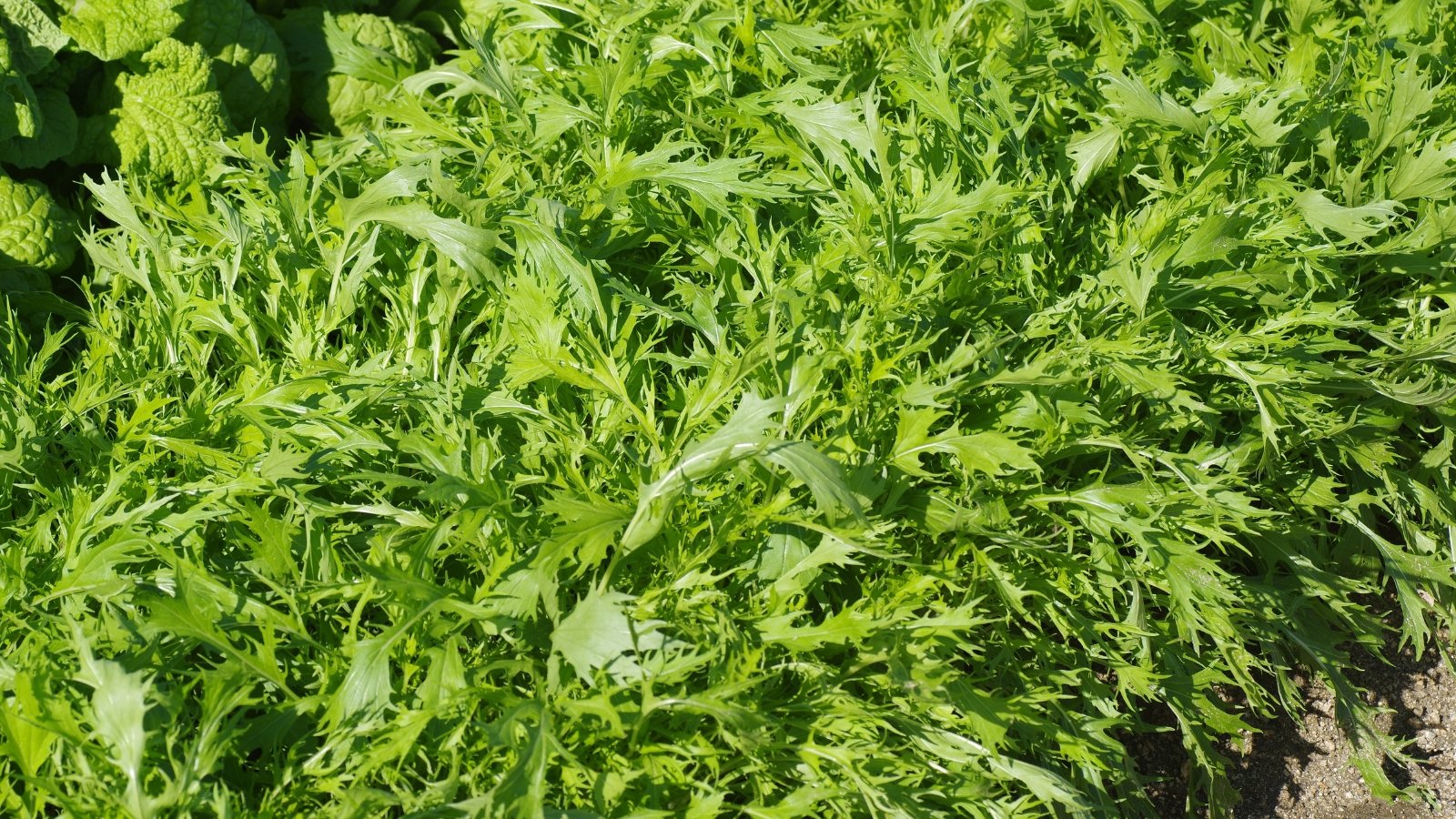

Mustard greens, like arugula, are spicy, pungent, and peppery. They’re good for together with a culinary punch to salads, sandwiches, and cooked greens recipes. ‘Mizuna’ is a popular heirloom kind valued for its delicious style and effectivity in yard settings. It will probably prevent its seeds realizing they’ll sprout seedlings identical to the mum or dad plant.
Start ‘Mizuna’ exterior all through fall or winter in areas with out exhausting frosts. It desires low temperatures and moist local weather to succeed, although it’s further heat tolerant than lettuce—it’ll bolt later than the crop in the midst of the rising season. In case your area receives important winter frosts, sow seeds a month or two sooner than the final word frost in spring.
‘Mizuna’ sprouts edible leaves ready for choosing in as little as three weeks from germination. Harvest the foliage all via the plant’s lifetime, or let it develop big and decrease it down instantly. One other selection is to reap one-third of the plant and let it resprout for successive pickings.
‘Matador’ Spinach
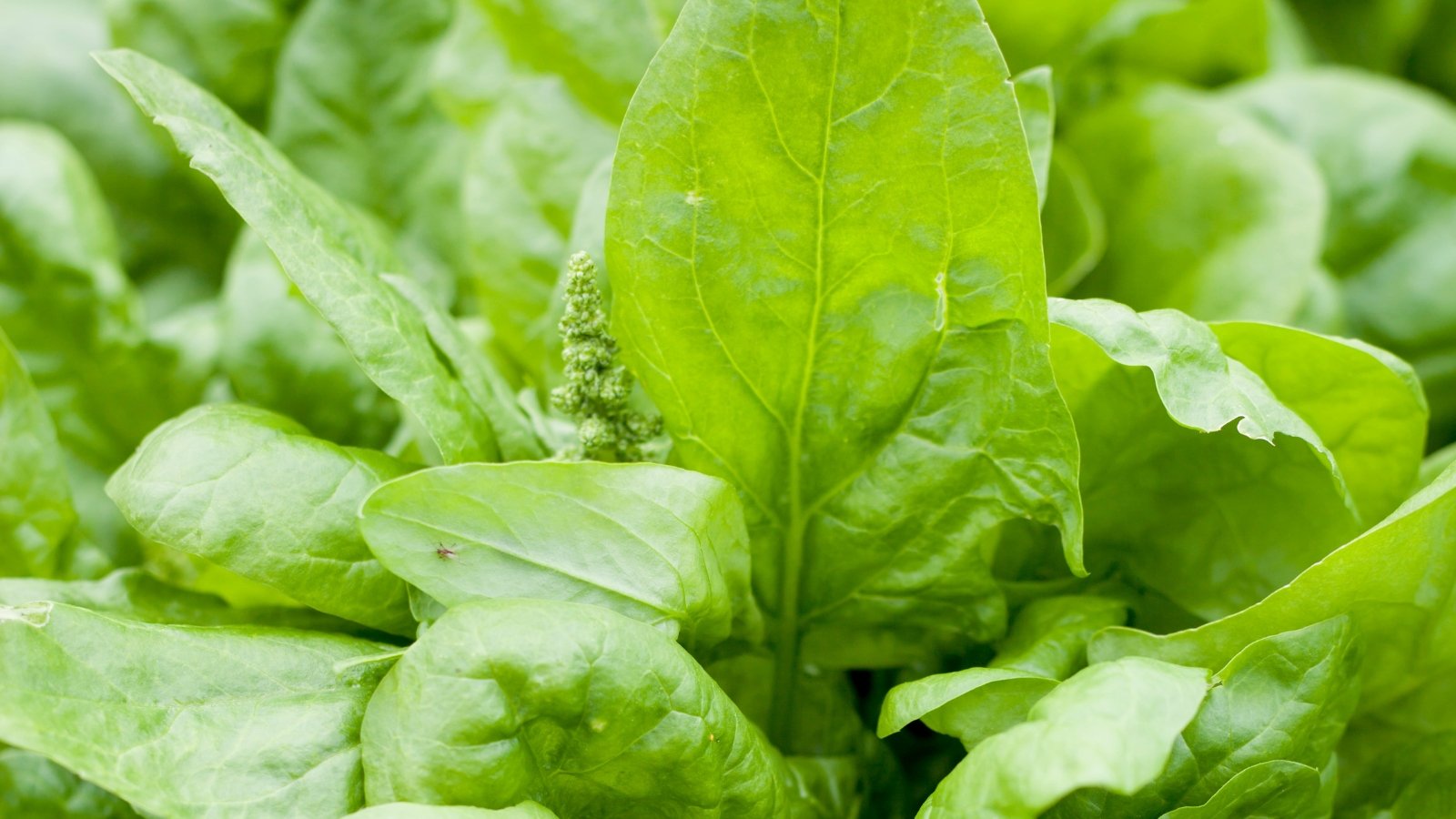

Develop spinach for his or her tender greens no matter exhausting frosts! ‘Matador’ is an exceptionally cold-hardy choice that grows in freezing temperatures, producing dozens of leafy greens so as to have the benefit of all via winter. It grows youthful leaves that work properly as little one spinach. Mature vegetation retain the sweet style with out rising bitter.
‘Matador’ is easy to start in your yard. Sow seeds as temperatures begin heating up in late winter when the soil is 40°F (5°C) or hotter. Early fall sowings overwinter properly with mulch security; use compost or leaf mildew to insulate your tender spinach all via the chilly months. They’ll survive below-zero temperatures with the extra security.
Spinach is the enduring up to date leafy inexperienced. It has a younger crunch, a delicious style, and a pleasant texture. Use youthful or mature leaves in salads, or put together dinner them in recipes. Spinach gives dietary boosts to smoothies, casseroles, and pasta, and it’s the right choice for residence cooks who want to develop greens themselves.
[ad_2]
Provide hyperlink
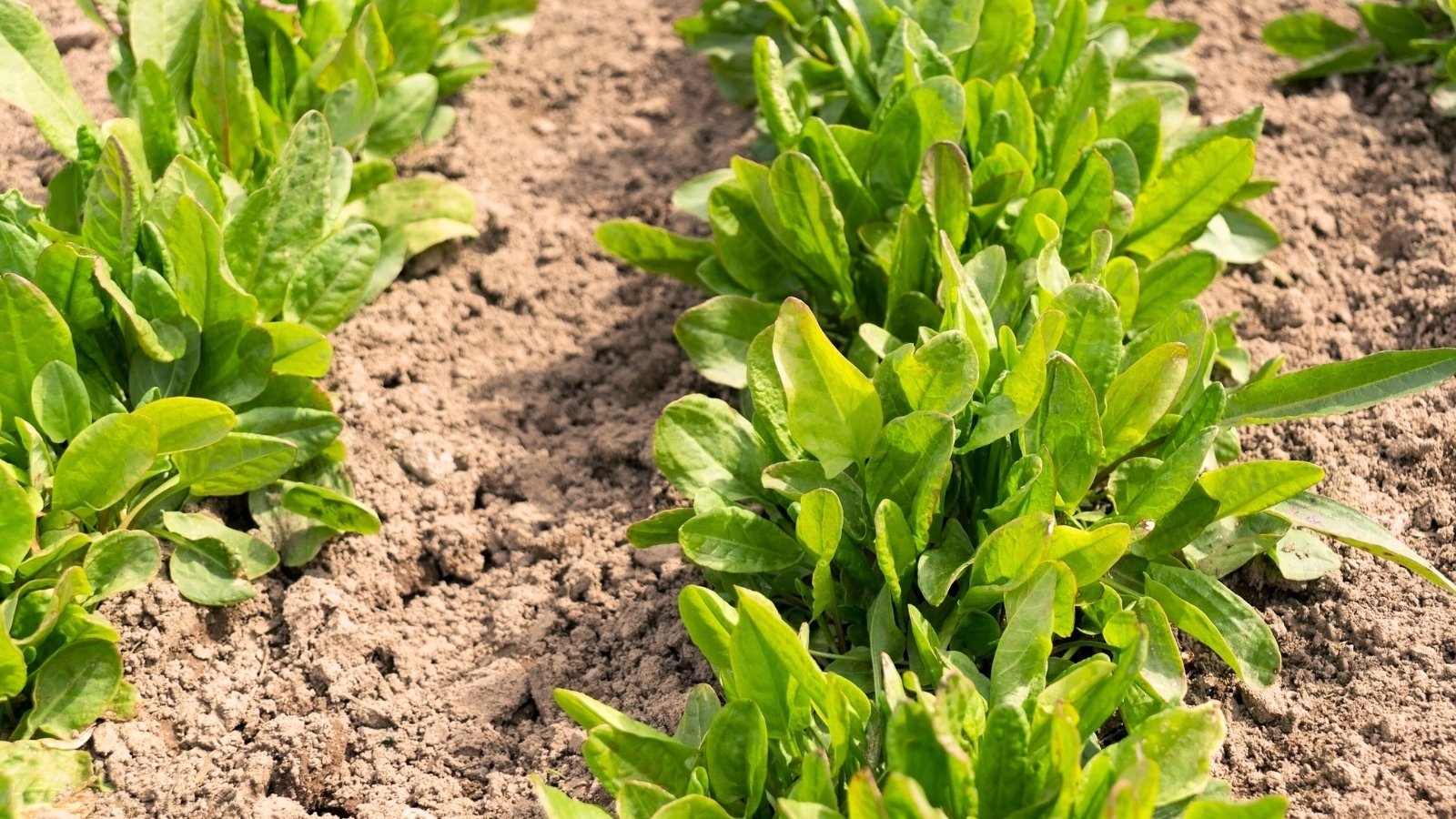
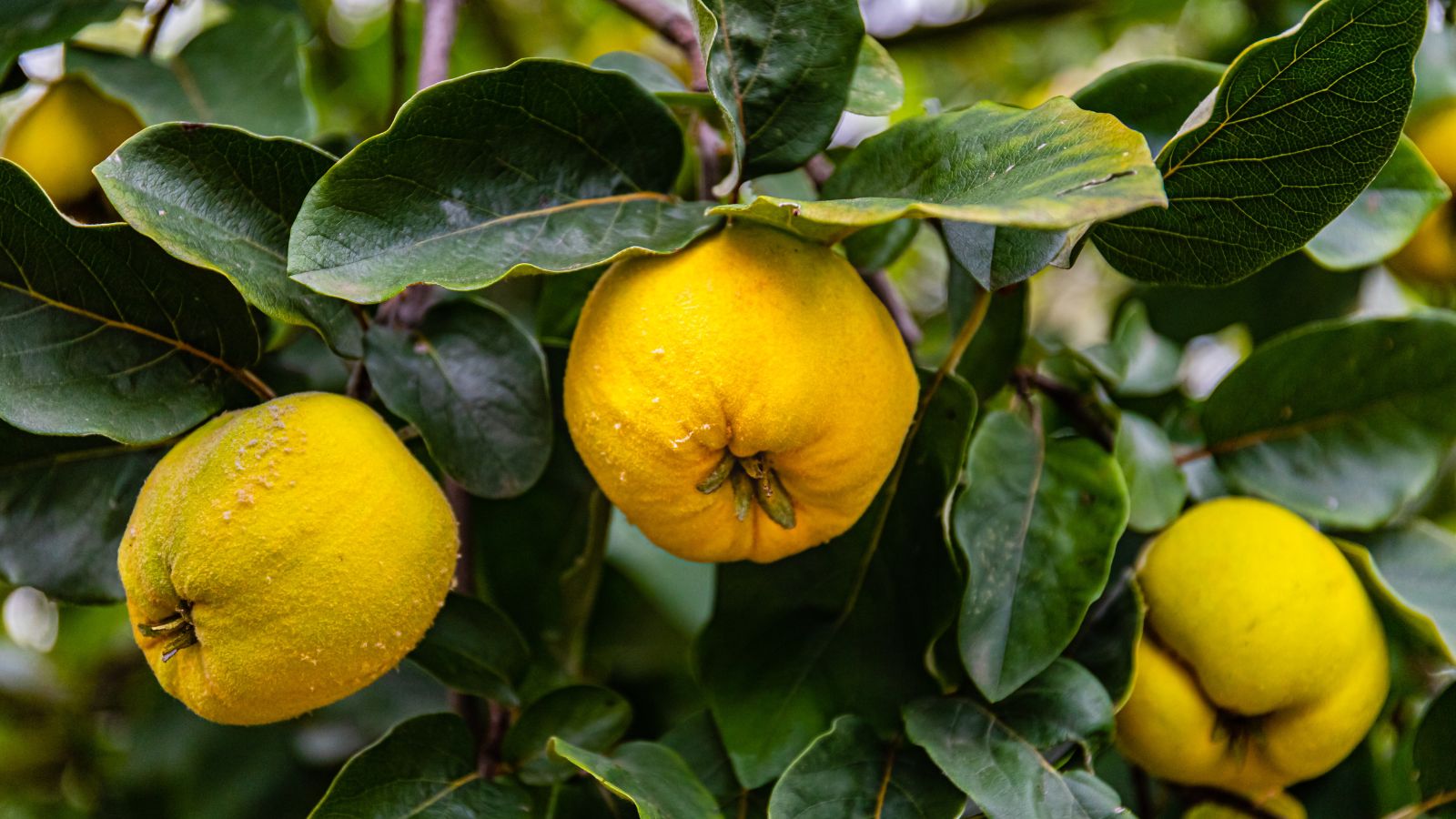
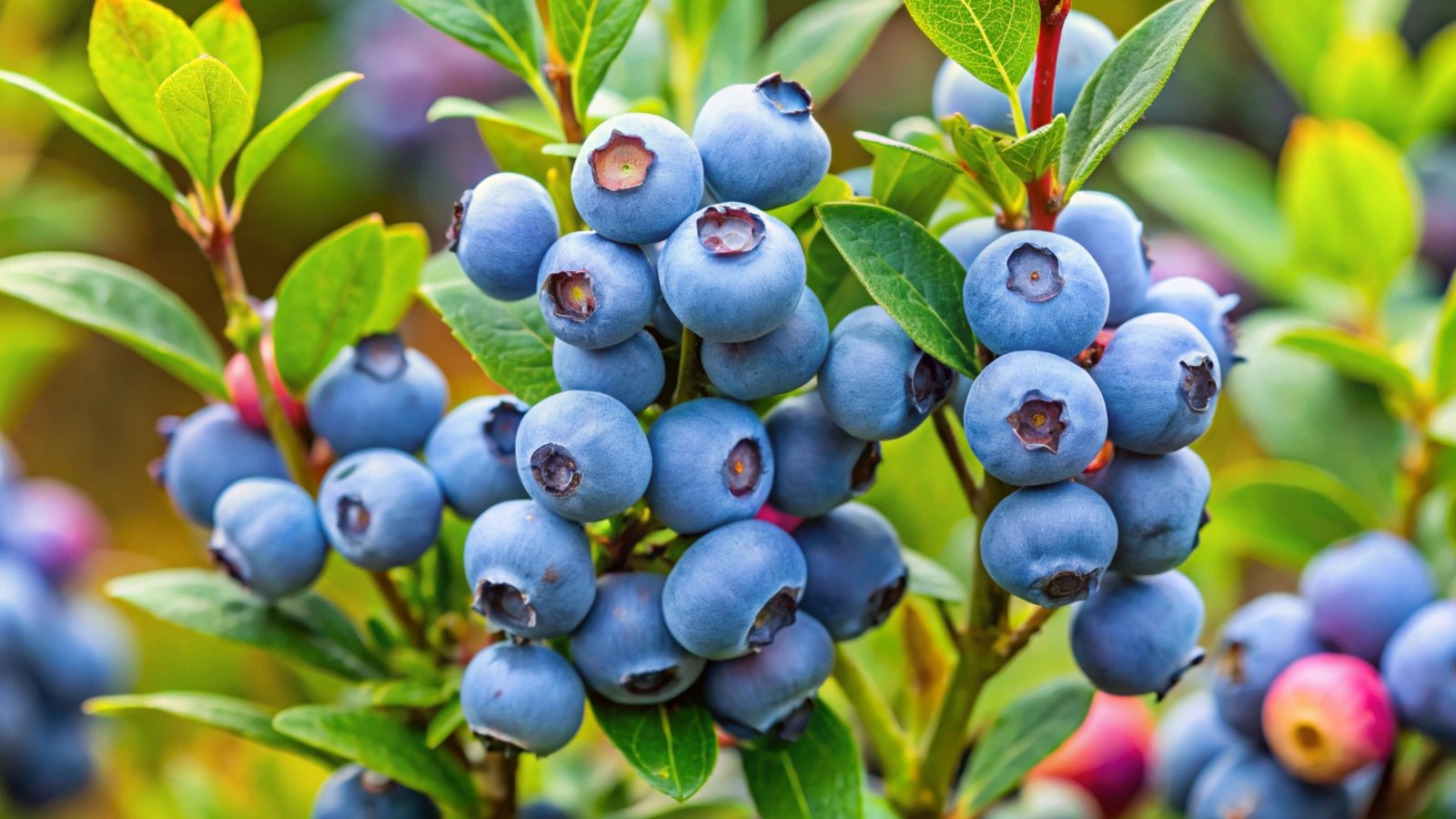
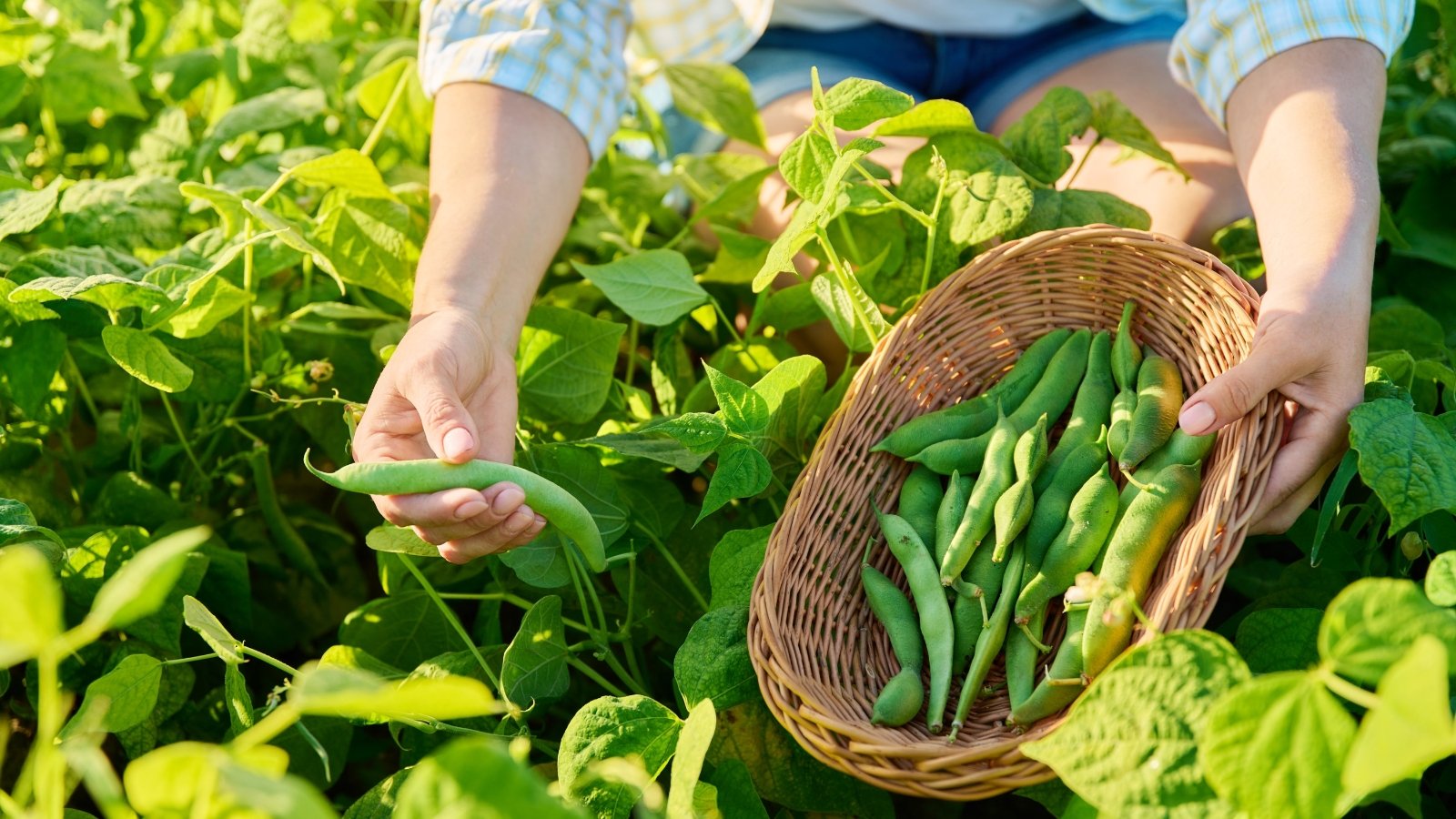
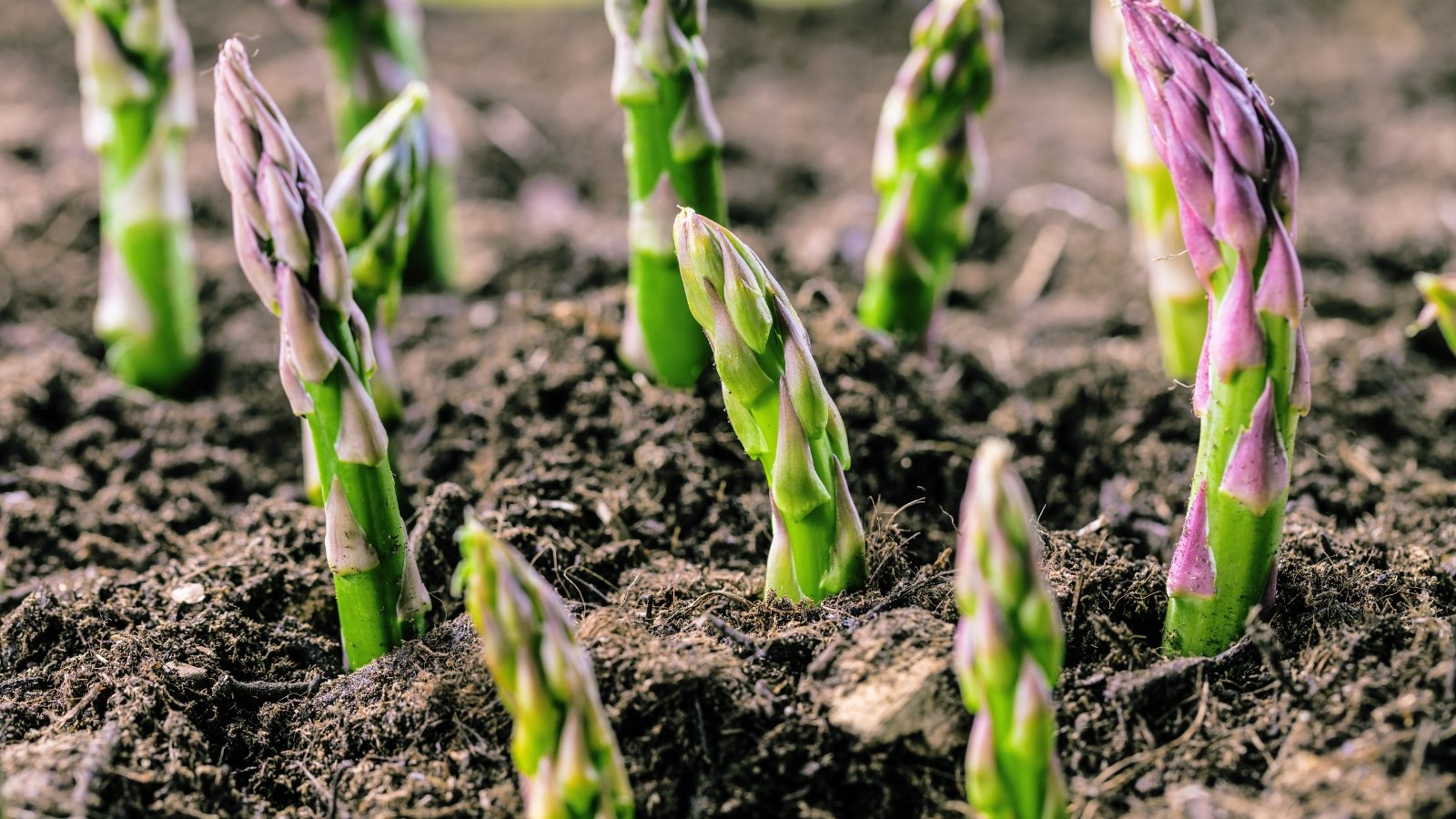
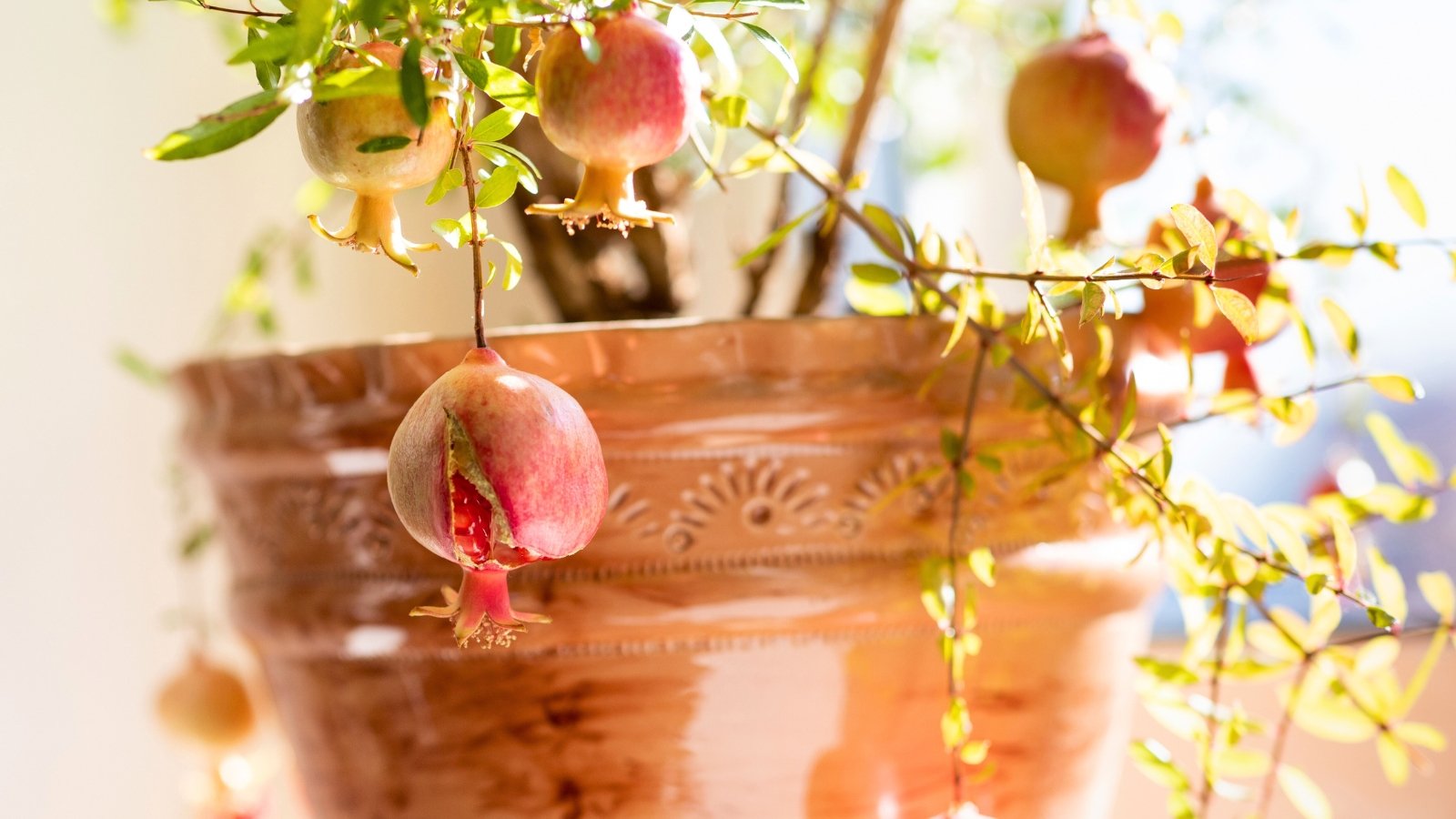
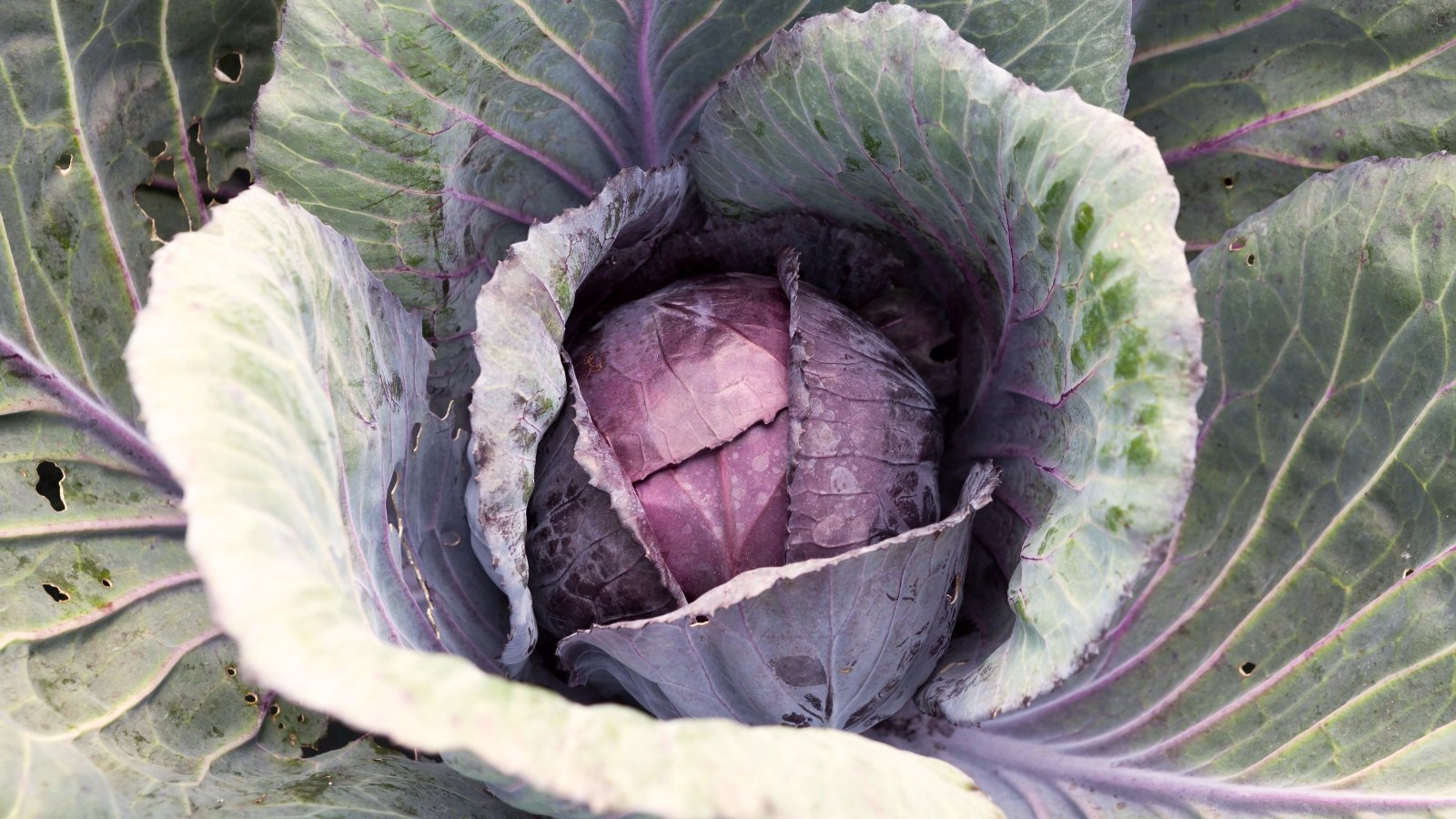

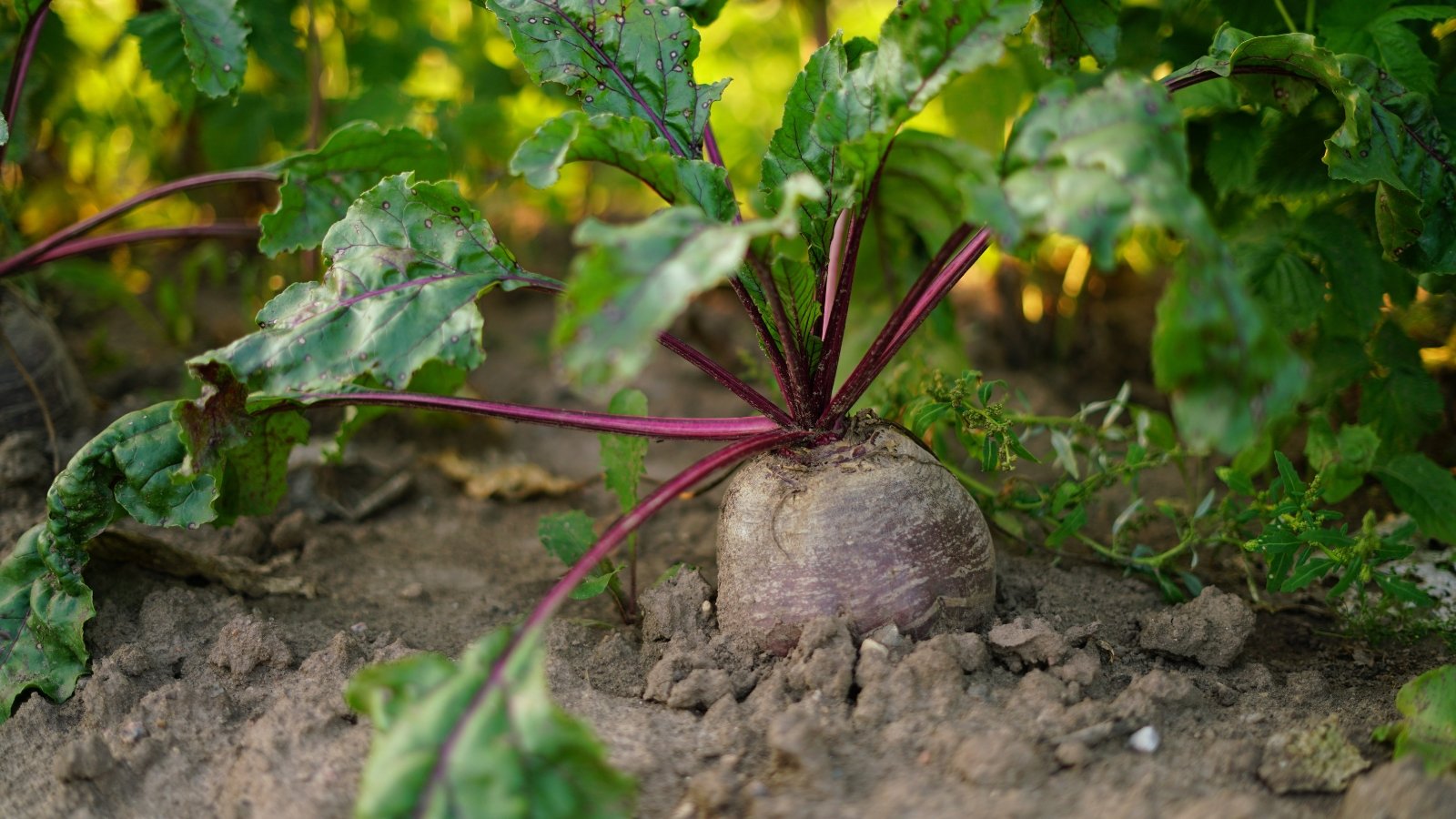
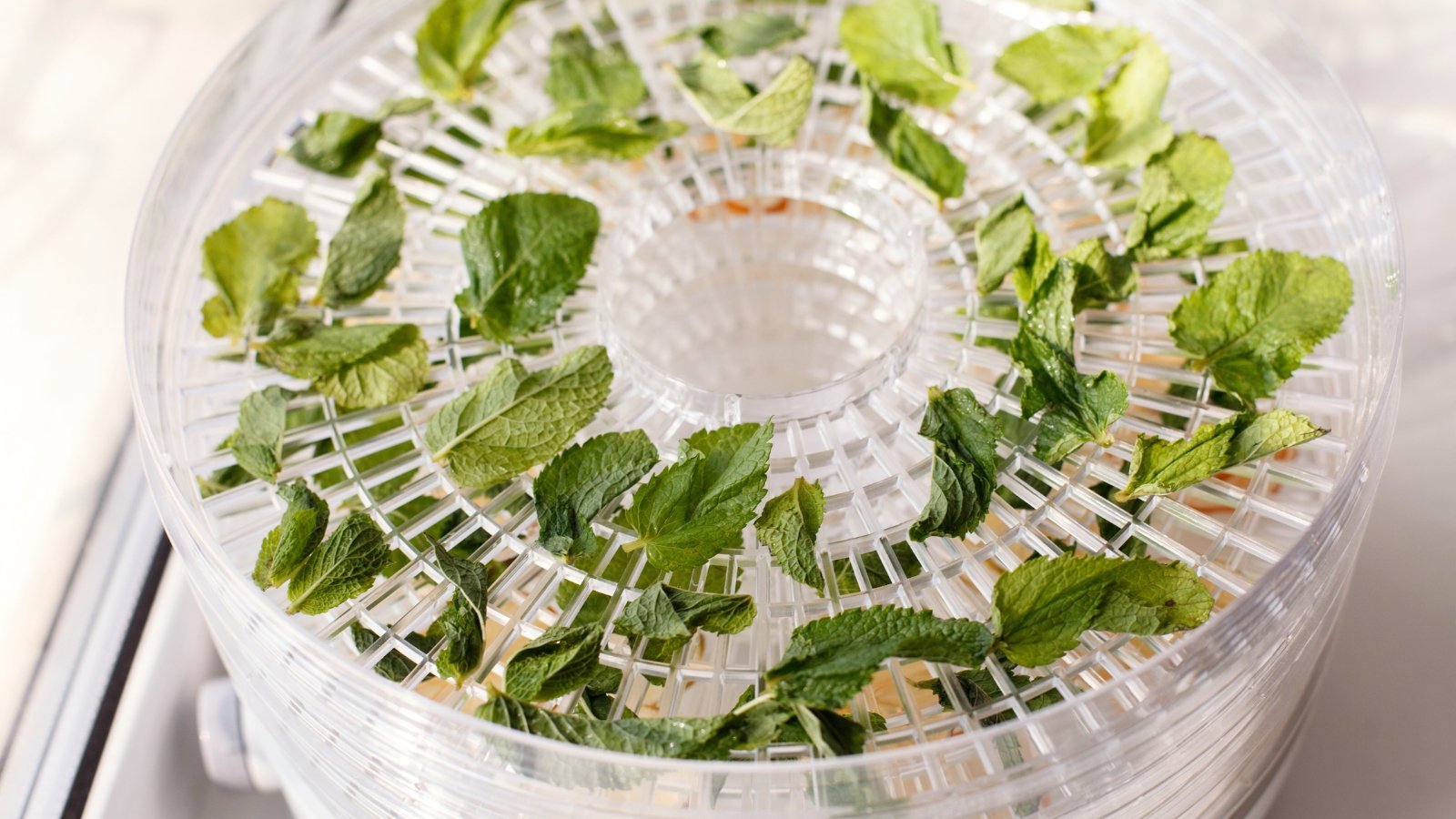
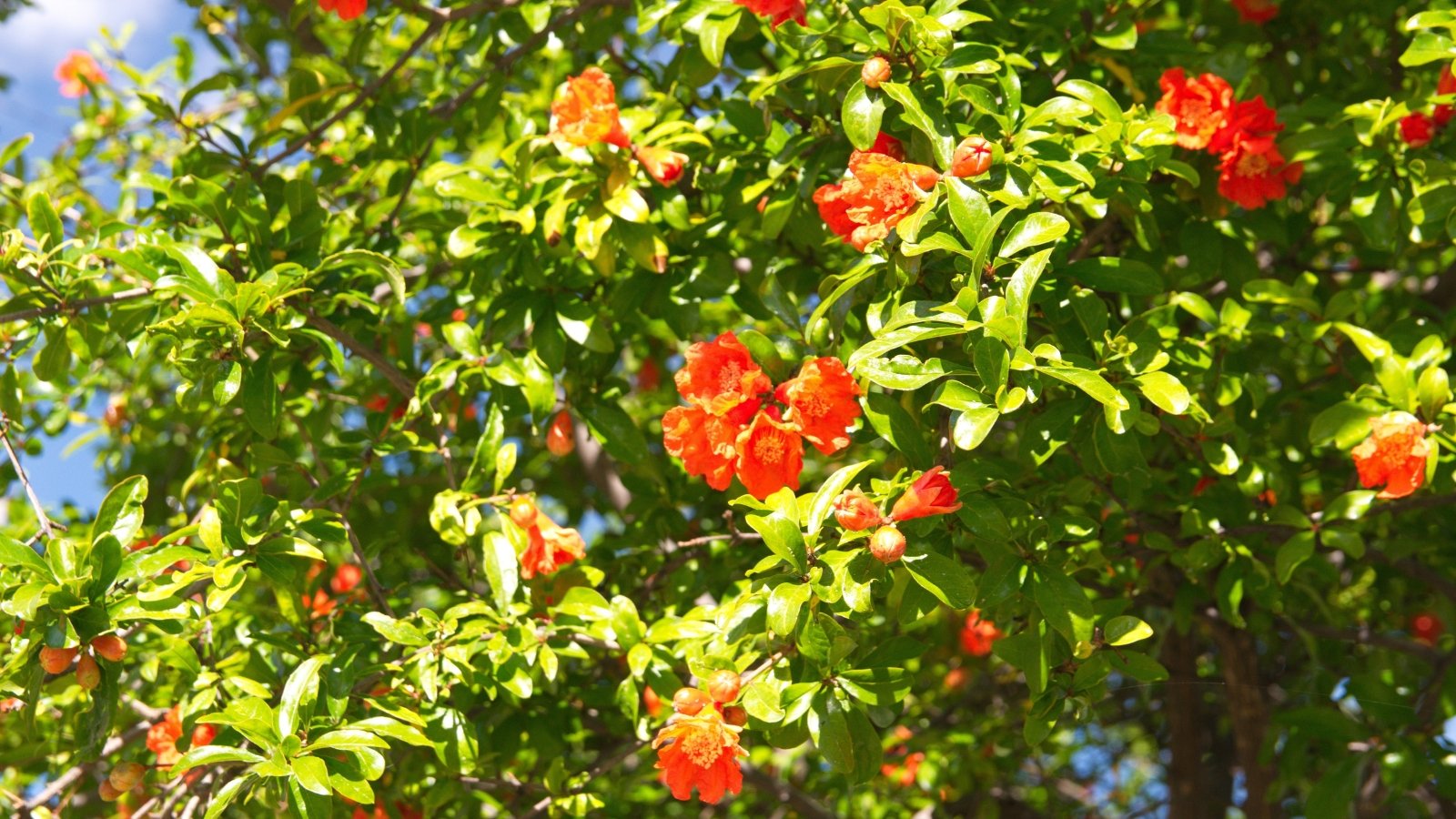
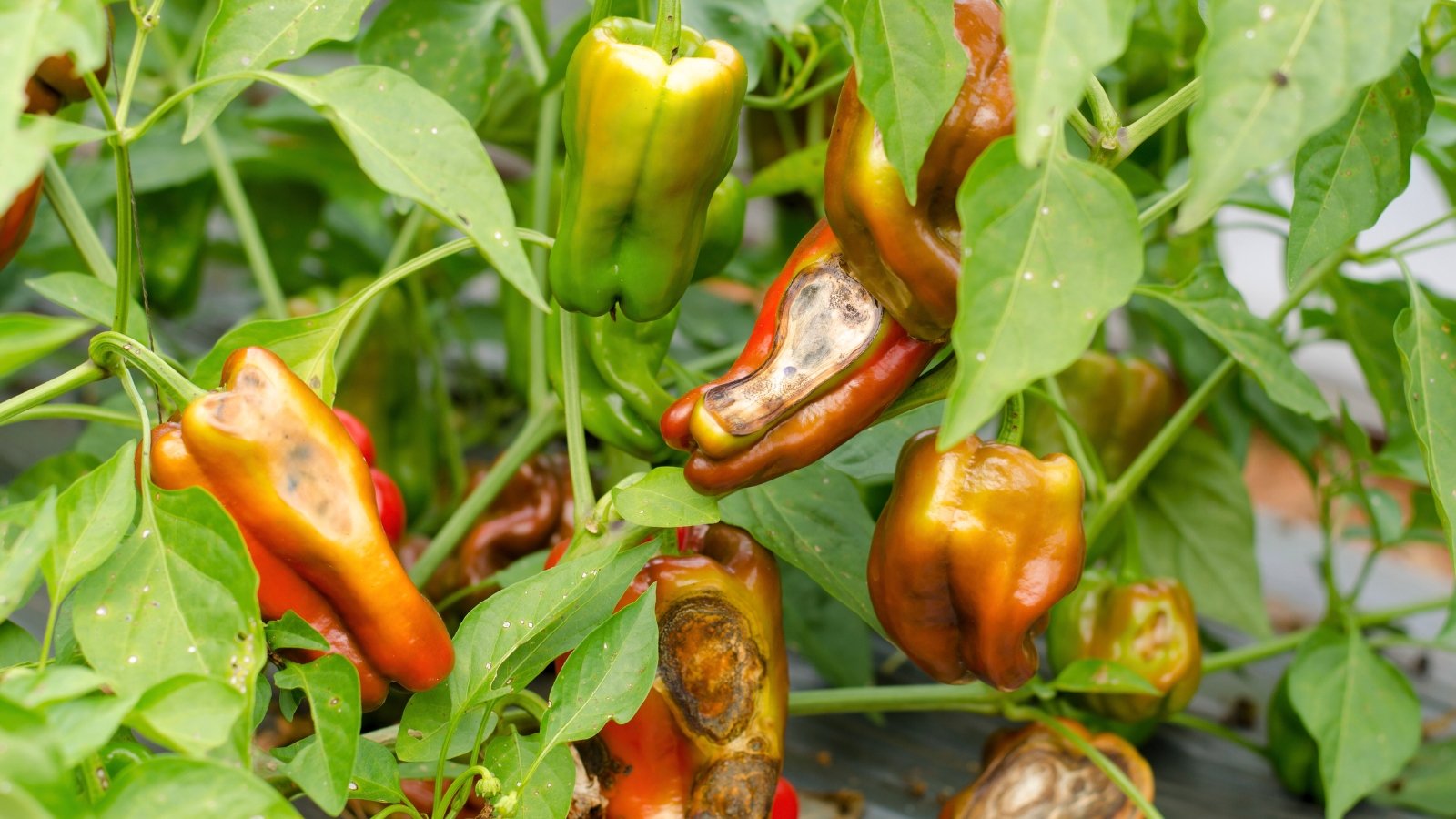
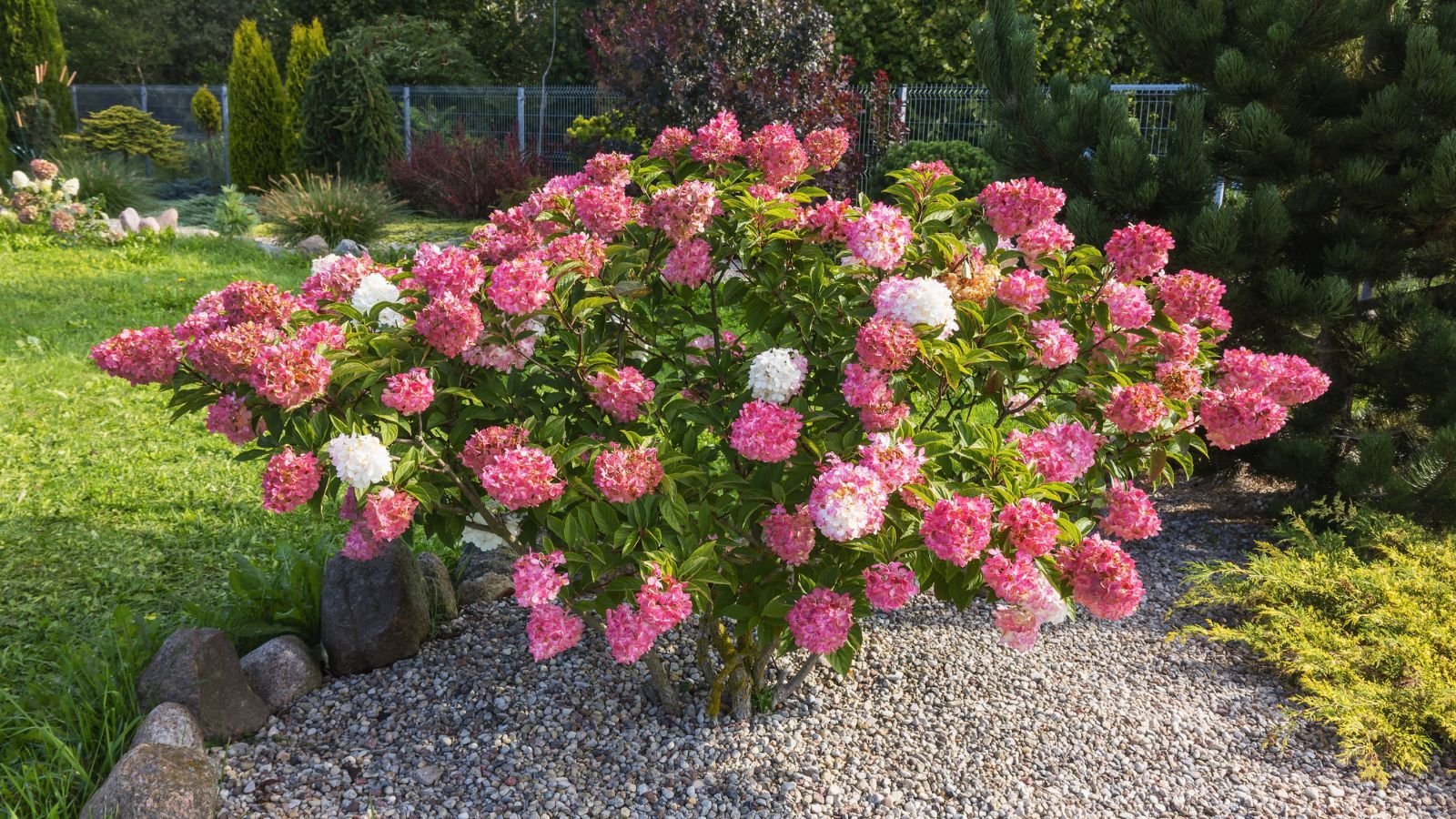
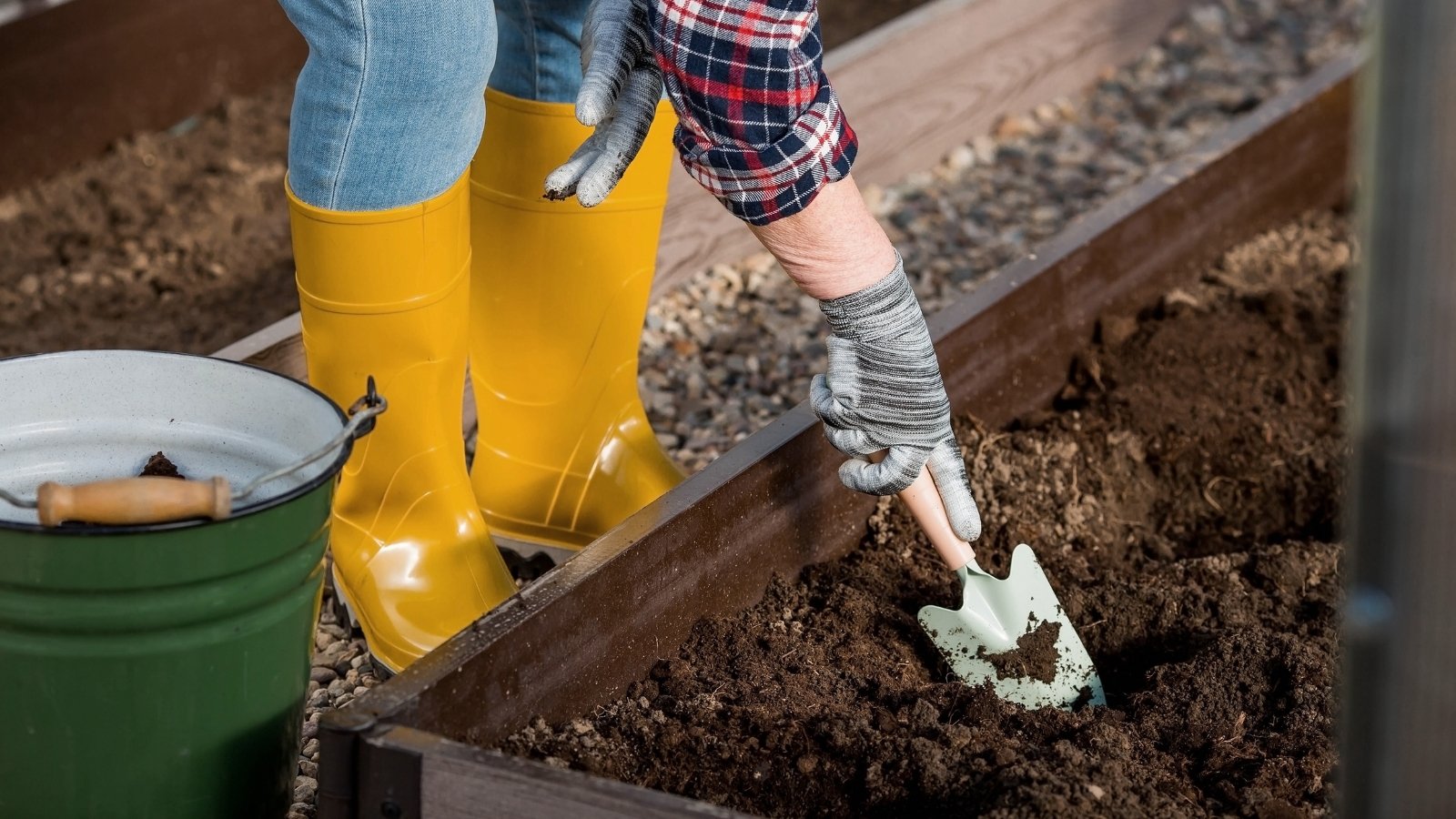

Leave a Reply